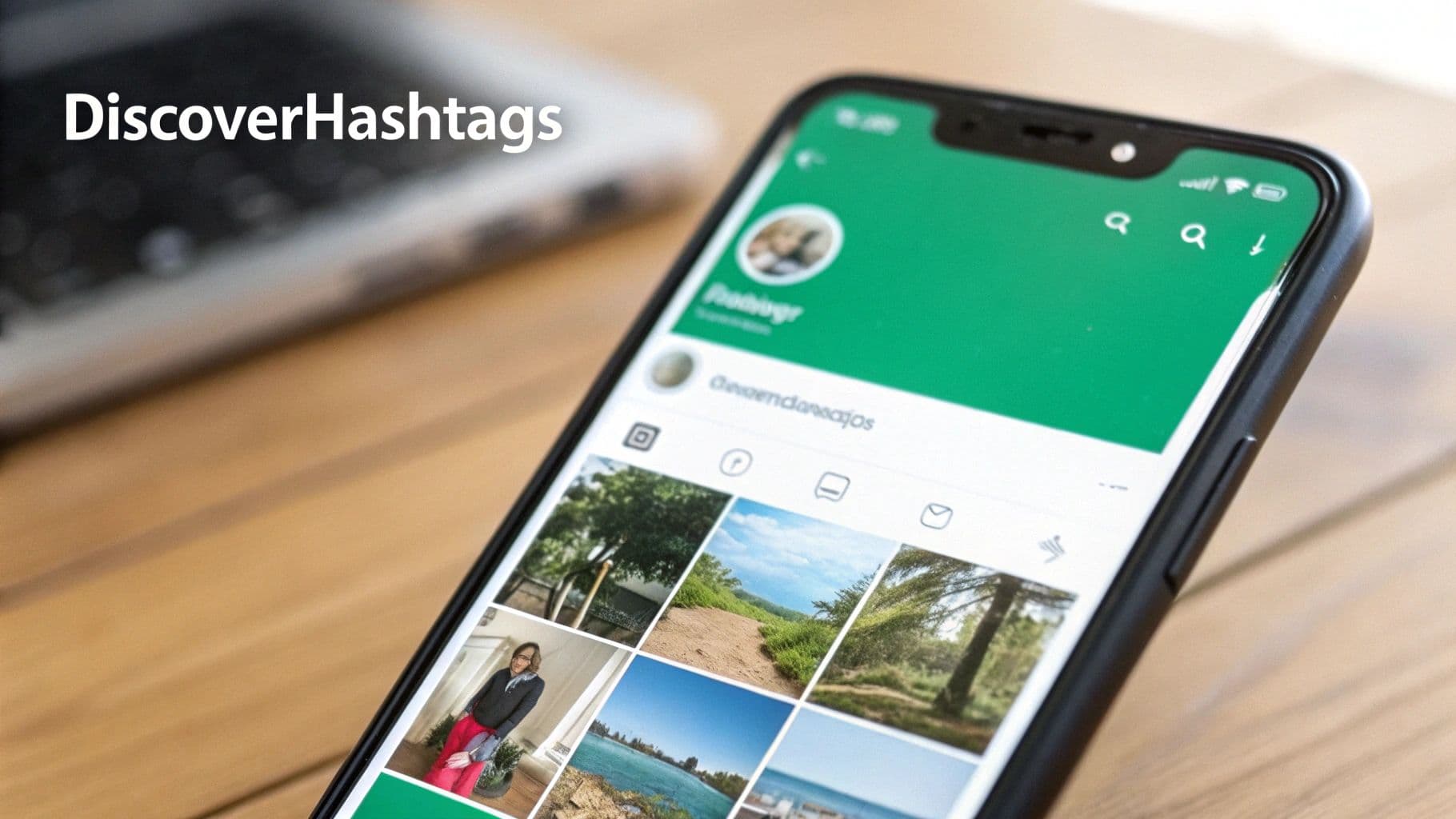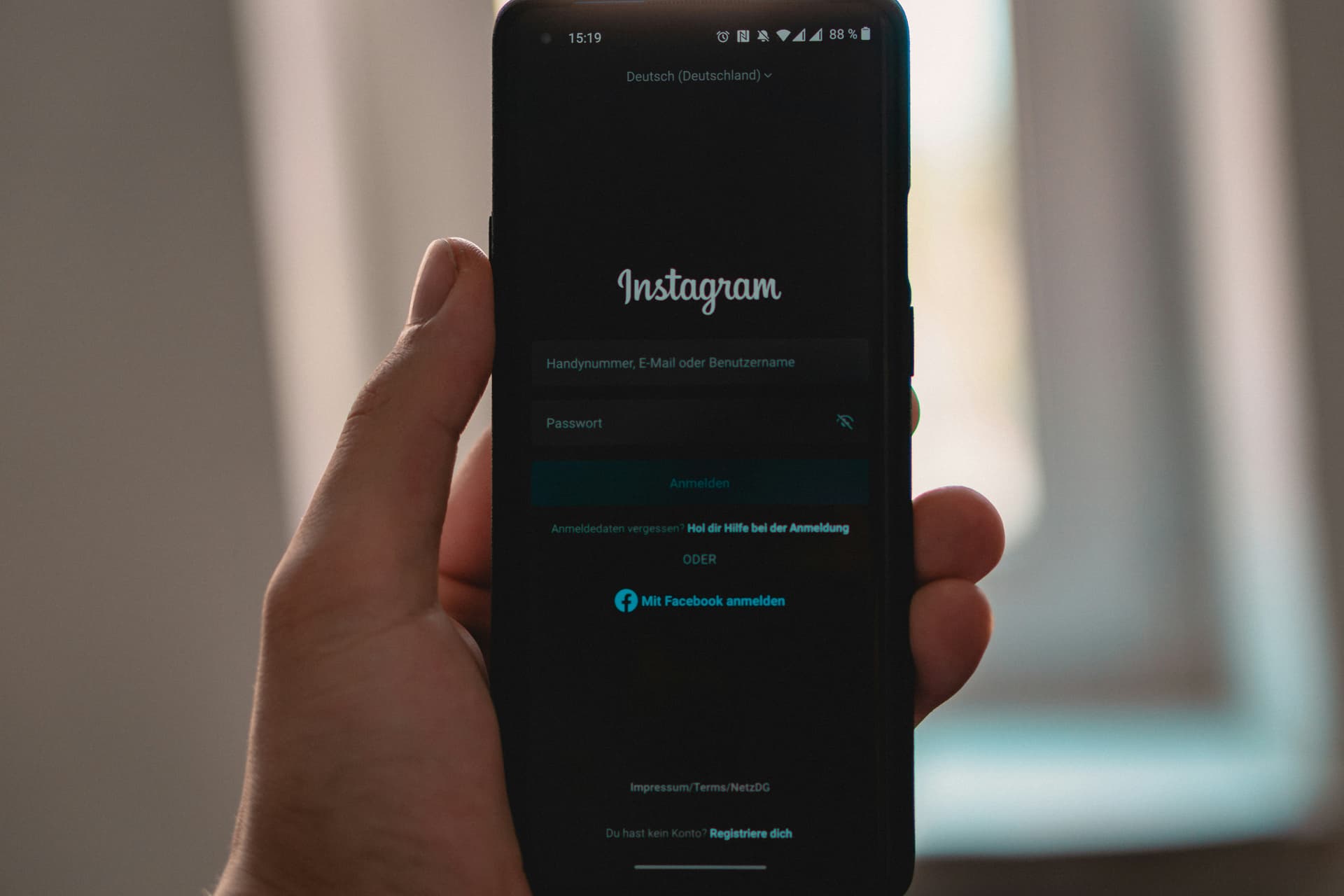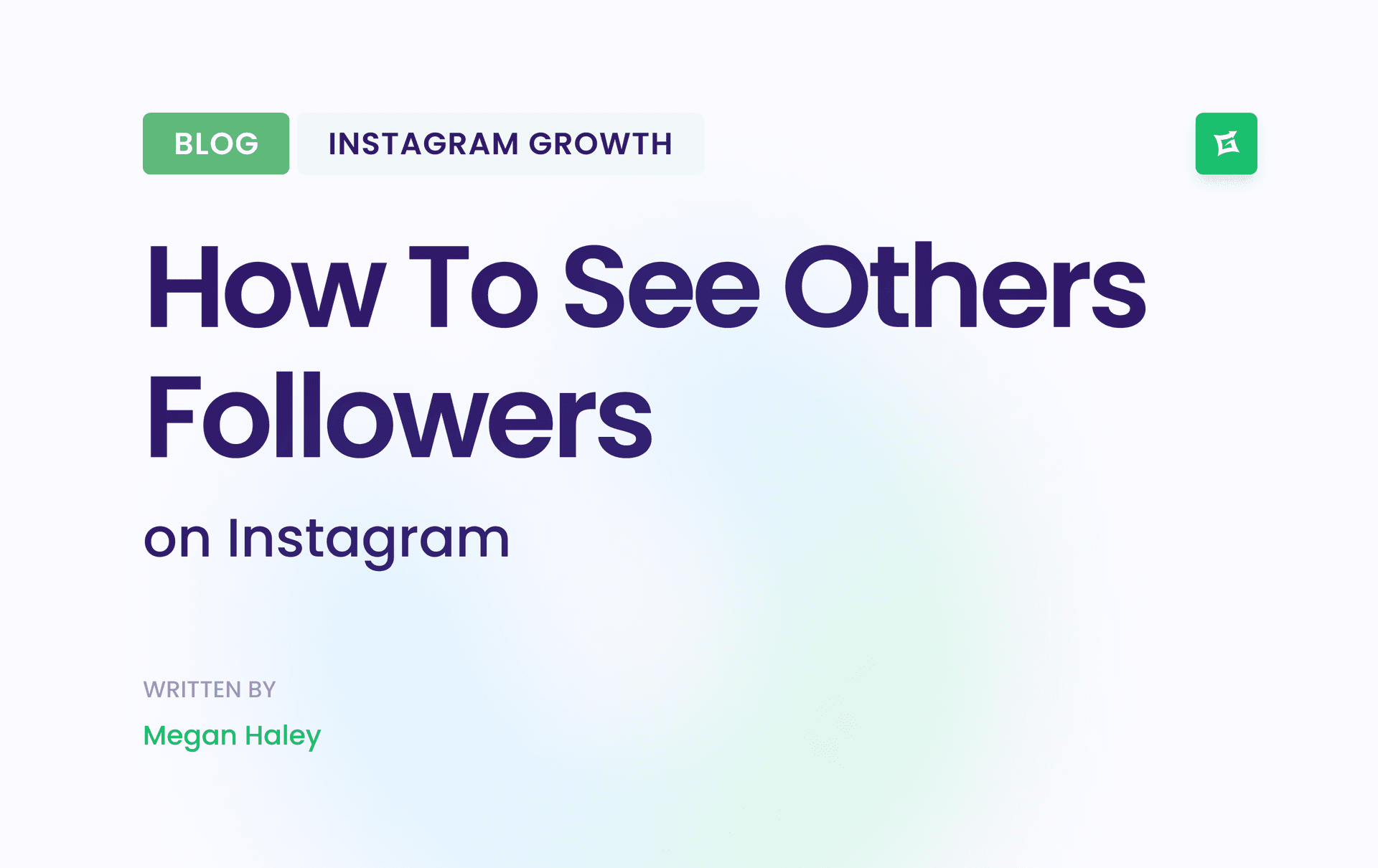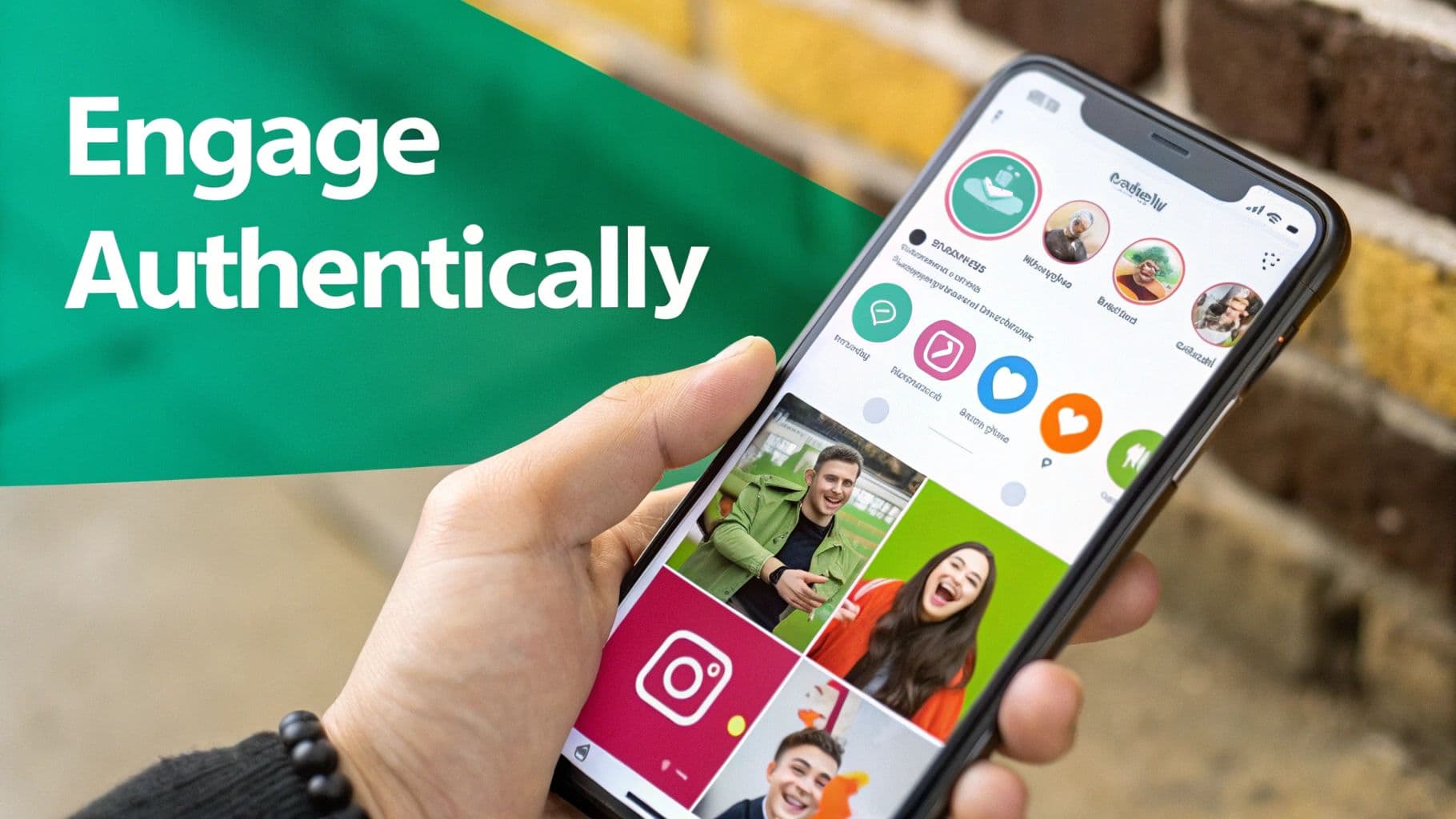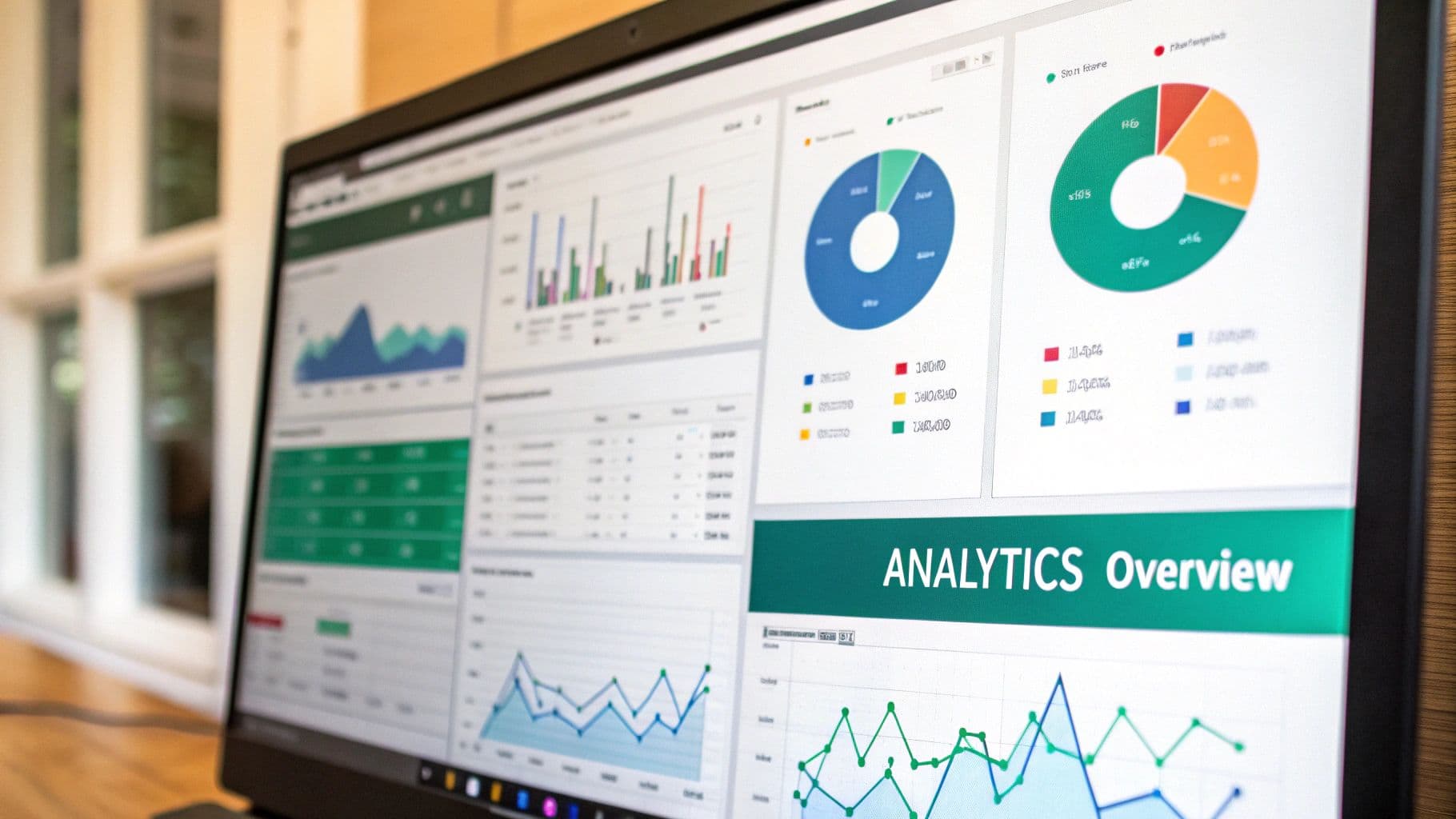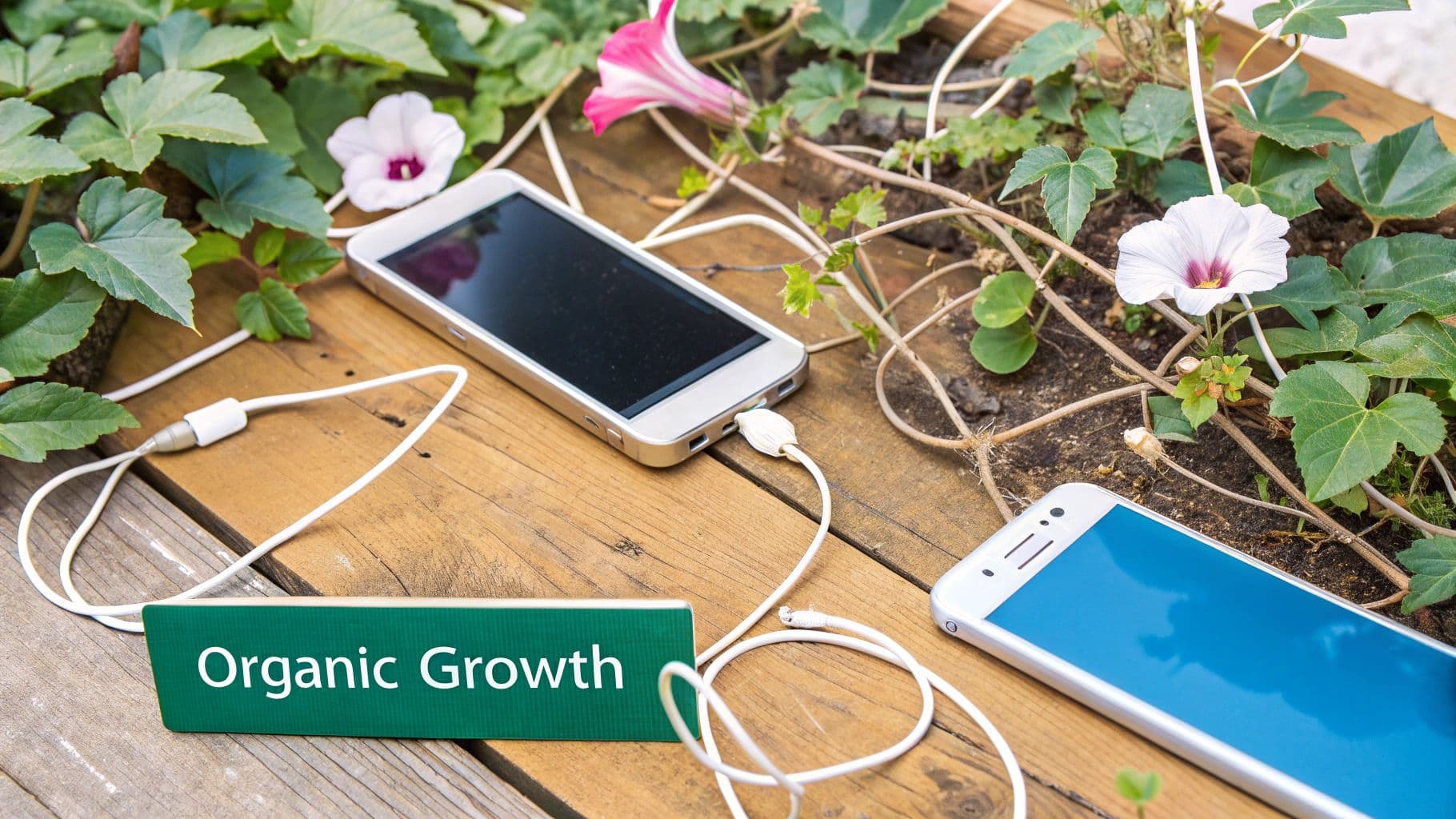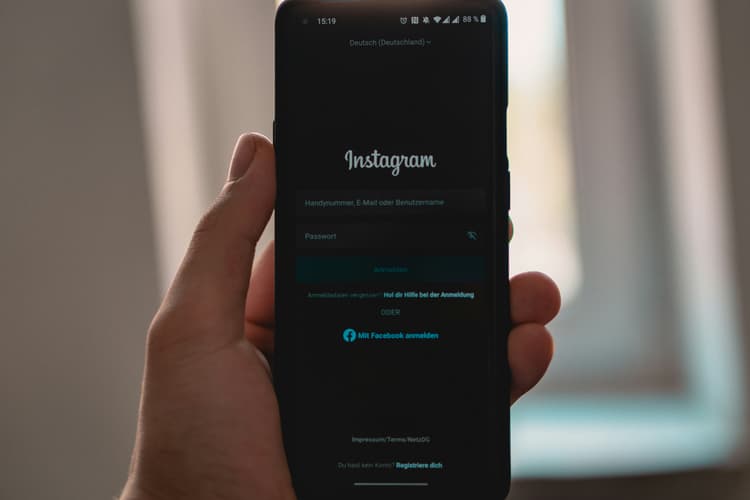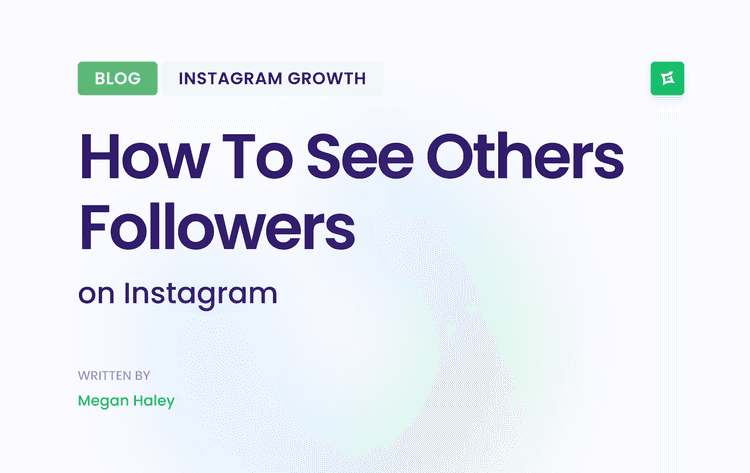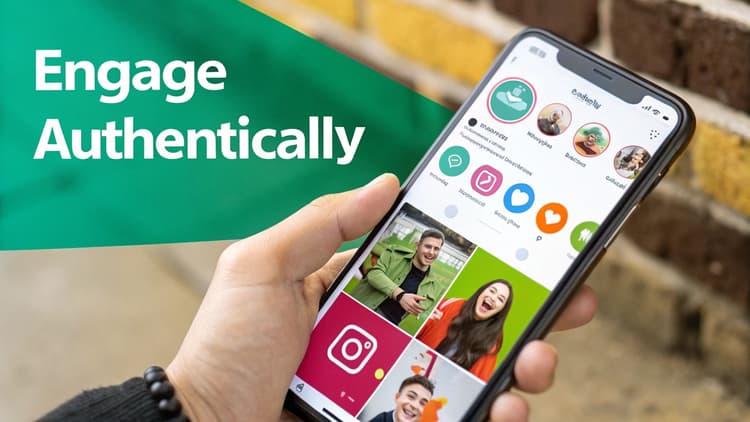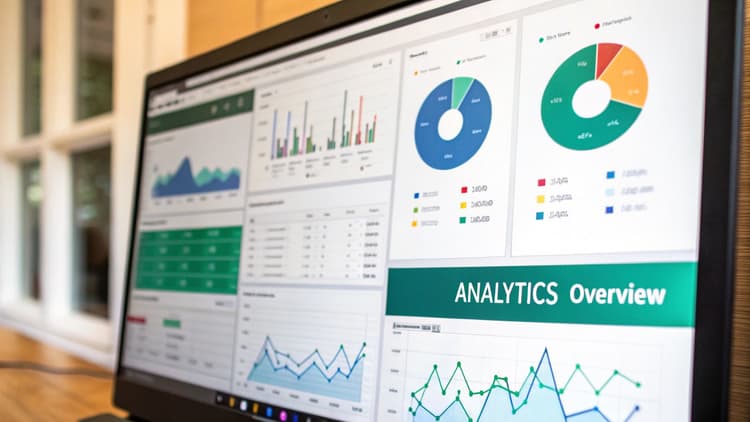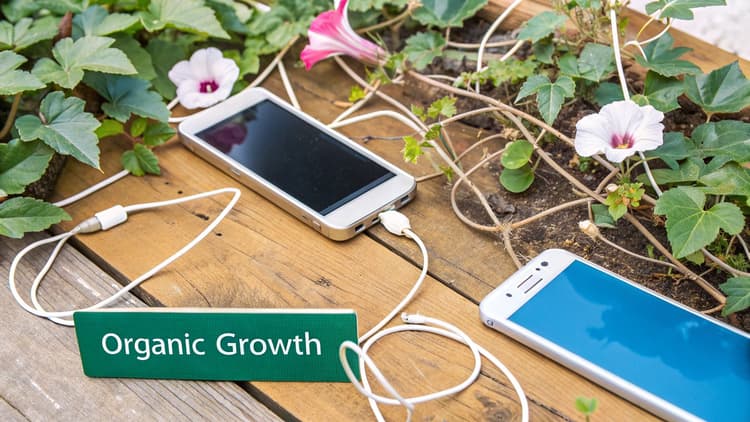Why Finding Trending Instagram Hashtags Matters
Understanding Hashtag Relevance
The hashtag #love, for example, has over 2.147 billion uses, while #instagood boasts over 1.586 billion. Posts with at least one hashtag receive 29% more interactions than those without. Find more detailed statistics here: Instagram Hashtag Statistics. This demonstrates the potential for increased engagement through strategic hashtag use.
The Instagram algorithm prioritizes content relevance. Using hashtags that accurately reflect your content is crucial for maximizing visibility. The algorithm assesses the relationship between your post's content and the hashtags used, favoring posts with a strong correlation.
Timing is Everything
Furthermore, timing your hashtag usage to coincide with emerging trends can create significant visibility spikes. It's like catching a wave just as it starts to crest – you're propelled forward with greater force. Using a trending hashtag early in its lifecycle can boost your content similarly.
This approach allows you to reach a broader audience before the hashtag becomes oversaturated. However, it's important to remember that trend lifecycles vary. Some trends are fleeting, while others maintain momentum.
Staying informed about emerging trends and adapting your hashtag strategy is essential for long-term success. This proactive approach, combined with thoughtful hashtag selection, can significantly improve your Instagram visibility and help you achieve your growth objectives.
Powerful Tools That Uncover Trending Instagram Hashtags Worth Using
Finding the right Instagram hashtags isn't a guessing game anymore. It's about using data to your advantage. Thankfully, several platforms offer valuable hashtag intelligence, taking you far beyond simple suggestions. This lets you ditch the guesswork and connect with the audience you want.
Choosing the Right Hashtag Tools
Many popular hashtag tools fall short by suggesting ineffective tags. This often leads to wasted time and frustration. The key is finding tools that provide genuine engagement insights.
For example, Flick is known for identifying emerging trends. This helps you use hashtags before they become too popular, giving you a head start. Think of it like investing early in a stock before everyone else jumps on board.
Later is another excellent tool, offering robust analytics to understand hashtag performance patterns. By analyzing past performance, you can choose hashtags more likely to boost engagement with your specific content. This data-driven approach helps you reach a wider audience.
Surprisingly, even the best third-party tools aren't always the perfect solution. Instagram's native search function can sometimes be more effective, especially for discovering niche hashtags for specific communities or local events.
Comparing Top Hashtag Research Tools
To help you choose the best tool for your needs, the following table compares several leading Instagram hashtag research tools:
Top Instagram Hashtag Research Tools Comparison: A comprehensive comparison of popular hashtag research tools, their pricing, key features, and ideal use cases.
1. Flick
Pricing: It is a paid tool, though it offers a free trial.
Key Features: Flick provides emerging trend identification, competitor analysis, and hashtag performance tracking, making it a robust tool for in-depth strategy.
Best For: This tool is best suited for businesses and influencers who are looking for advanced hashtag strategies.
Limitations: It can be expensive for smaller or individual accounts, potentially limiting its accessibility for casual users.
2. Later
Pricing: Later is a paid tool with a free plan available.
Key Features: It offers hashtag suggestions, analytics, and scheduling features, supporting content workflow management.
Best For: Ideal for businesses and influencers focused on planning and scheduling their content.
Limitations: The free plan is limited, meaning users may need to upgrade to access the full range of features.
3. Instagram Search
Pricing: This tool is completely free.
Key Features: It supports basic hashtag discovery and real-time trend monitoring, useful for quick insights.
Best For: Instagram Search works well for smaller accounts or individuals who need free and fast hashtag research.
Limitations: It lacks advanced analytics and trend prediction features, which may limit long-term strategic use.
This highlights the key differences and similarities between these popular tools, enabling you to make an informed decision. Ultimately, the best tool depends on your budget and specific requirements.
Learn more about developing your overall Instagram Hashtag Strategy for a deeper understanding of building a successful approach.
Making the Most of Your Hashtag Tools
Simply plugging in keywords isn't enough. Using these tools effectively requires a strategic framework. First, define your target audience. Knowing their interests and online habits is essential for selecting relevant hashtags.
Next, analyze your competitors. See which hashtags they use effectively and find opportunities to expand your reach within your niche. This competitive analysis provides valuable information about what's working in your industry.
Finally, consistency is crucial. Track your hashtag performance regularly and adjust your strategy accordingly. Treat your hashtag strategy as a dynamic process, constantly refining it for optimal results. This ongoing improvement helps you stay ahead of the curve and connect with the right people.
Leveraging Free Tools and Native Features
Premium tools offer valuable features, but don't underestimate free resources. Exploring Instagram's Explore page can uncover hidden hashtag gems and reveal current trends. This free resource is a great way to find new and relevant hashtags.
Also, consider using free hashtag generators and analytics platforms. These tools provide valuable data and insights without any cost. Combining free resources with a smart strategy can be surprisingly effective. By staying informed and adaptable, you can find trending Instagram hashtags that deliver real results.
Manual Techniques That Uncover Hidden Hashtag Opportunities
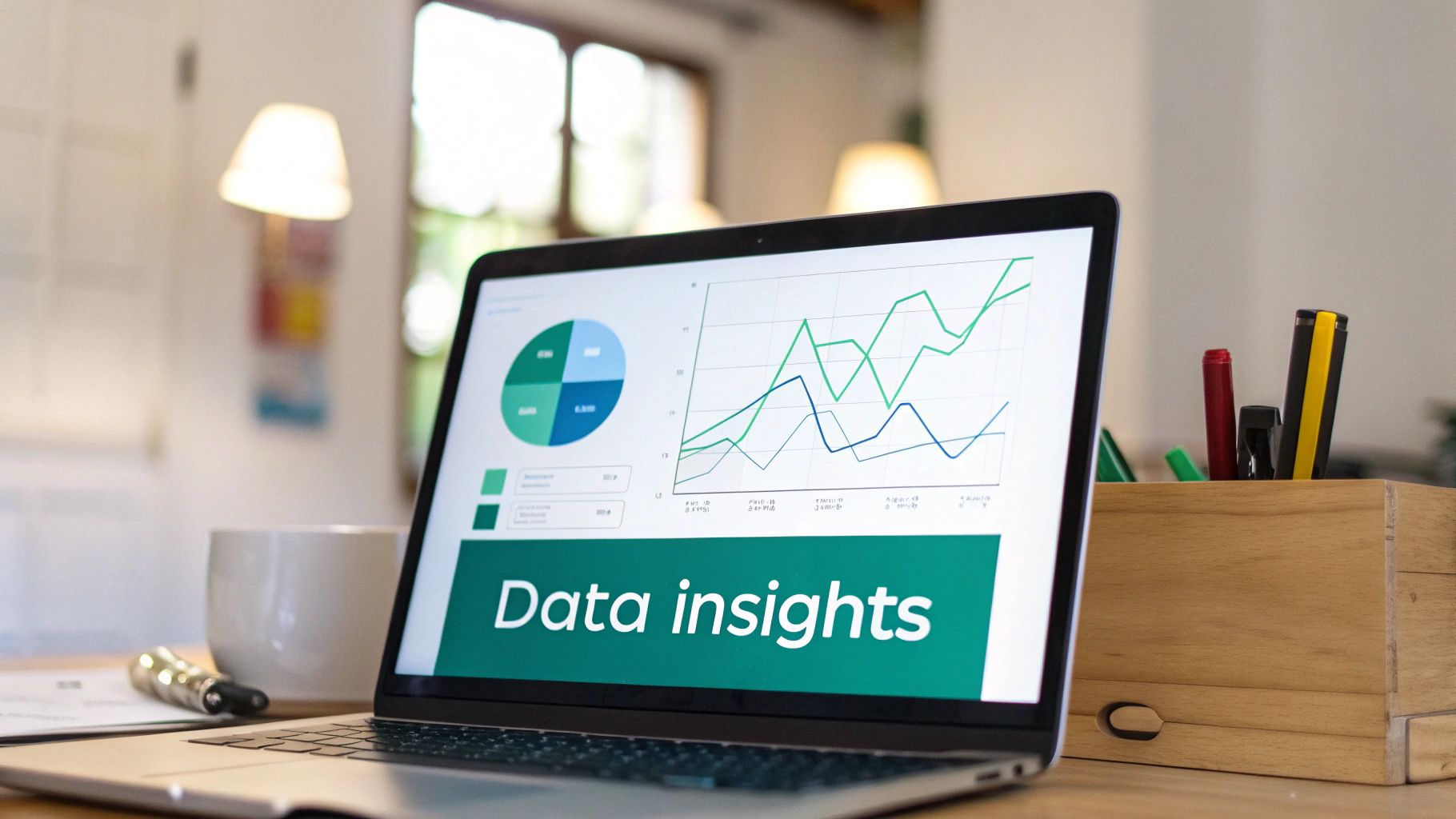
While automated tools offer a convenient starting point for hashtag research, a truly effective strategy often requires a more hands-on approach. Manual research can uncover hidden opportunities that automated systems often miss. This involves a deeper dive into your specific niche and understanding the subtle ways hashtags are used within your target audience.
Competitive Analysis: Learning From Your Peers
One powerful manual technique is competitive analysis. By studying the hashtag strategies of successful accounts in your niche, you can gain valuable insights. Examine the hashtags your competitors use regularly and analyze the engagement rates on posts using those tags. This helps you identify which hashtags are truly driving results. Don't limit yourself to direct competitors. Looking at related accounts, even those outside your immediate niche, can expose you to new and relevant hashtag ideas.
Influencer Insights: Uncovering Trending Hashtags
Monitoring relevant influencers can be a great source of hashtag inspiration. Observe the hashtags they use and how their audience responds. This gives you a real-time look at trending hashtags and how effective they are. It's important to do this ethically, though. Avoid directly copying their entire strategy. Instead, focus on understanding the types of hashtags they use – branded, community-focused, or event-based – and adapt those insights to your content strategy.
Instagram's Explore Page: Reverse-Engineering for Success
Instagram's Explore page is a powerful, yet often overlooked, tool for hashtag research. Searching for keywords related to your niche shows you which hashtags are trending and driving engagement. This offers direct insight into what resonates with Instagram users. Clicking on a trending hashtag takes you to a feed of top-performing content using that tag, allowing you to reverse-engineer successful hashtag strategies. This helps identify relevant, high-performing hashtags for your posts.
Staying Organized: Tracking Trends and Emerging Conversations
The world of trending Instagram hashtags is constantly evolving. This dynamic environment is shaped by global trends and specific niche interests. While hashtags like #fashion and #photography remain consistently popular, seasonal or event-based hashtags can also experience sudden increases in usage. For instance, hashtags related to major holidays or cultural events often become trending topics. This reactive nature makes staying informed about current events and trends crucial. Explore this topic further: Instagram Hashtag Facts and Statistics. Instagram allows up to 30 hashtags per post, providing ample opportunity to engage with wider conversations. To manage this effectively, develop an organized system for tracking seasonal trends, emerging conversations, and your hashtag performance data. This could involve creating spreadsheets, using hashtag tracking tools, or simply maintaining a dedicated document. A structured approach ensures you're always ready to capitalize on trending hashtags and maximize your reach.
Micro-Niche Hashtags: The Hidden Advantage
Manual hashtag research often reveals valuable micro-niche hashtags. These highly specific tags target a smaller, more engaged audience. While they may not have the broad reach of trending hashtags, they offer a significant advantage: less competition. This improves your chances of appearing in top posts for these hashtags, increasing your visibility within a dedicated community. By combining broader trending hashtags with carefully chosen micro-niche tags, you strike a balance between reach and targeted engagement. This multi-faceted approach is key to unlocking the full potential of hashtags on Instagram.
Tailoring Your Hashtag Strategy to Your Actual Account Size

The truth is, a single hashtag strategy won't work for everyone. What benefits a large account could hurt a smaller one? It's all about context. By analyzing engagement patterns across different account sizes, we can pinpoint the best approach for your specific follower count and engagement metrics. This involves understanding the ideal number of hashtags and the right mix of broad trending hashtags and more focused niche ones.
Micro-Accounts (Under 1,000 Followers)
For accounts with under 1,000 followers, the hashtag game is about visibility. You want to be seen, but not get lost in the noise. Focus on relevant hashtags with moderate competition. This helps your content appear in search results without being buried by posts from larger accounts. Because Instagram's algorithm prioritizes engagement, smaller accounts often benefit from using more hashtags.
Accounts with under 1,000 followers frequently see a 79.5% increase in engagement when using 11 or more hashtags. This shows how smaller accounts can leverage multiple relevant tags. Larger accounts, however, may find that fewer, highly targeted hashtags are more effective. It all comes back to tailoring your strategy to your account size. For more insight into hashtag statistics, check out this resource: Instagram Hashtag Statistics. Experimentation is key to finding what truly resonates with your niche and content.
Growing Accounts (1,000-10,000 Followers)
As your account grows, balance becomes essential. Finding the sweet spot between trending and niche hashtags is crucial for maintaining momentum. Trending hashtags increase visibility and expose you to a wider audience. However, relying only on trending tags can dilute your message and attract followers who aren't interested in your content.
Niche hashtags, conversely, connect you with a specific audience actively looking for content like yours. A good starting point for growing accounts is a 70/30 split: 70% niche hashtags and 30% trending hashtags. This balances reach with targeted engagement.
Established Accounts (10,000+ Followers)
For established accounts with a substantial following, strategic hashtag use reinforces your message and expands your reach within your existing audience. While trending hashtags can still be useful for attracting new followers, the focus should be on strengthening your brand identity and community.
Using relevant niche hashtags deepens engagement with your current followers and attracts new followers genuinely interested in your niche. Also, consider creating branded hashtags to build community and track user-generated content.
To further illustrate effective hashtag strategies, let's take a look at the list below:
Optimal Hashtag Strategies by Account Size: A data-driven breakdown of hashtag approaches based on follower count, showing optimal hashtag counts, engagement patterns, and recommended ratio of trending vs. niche hashtags.
🔹 Accounts Under 1,000 Followers
Optimal Number of Hashtags: 11 or more
Trending vs. Niche Ratio: 50% trending / 50% niche
Expected Engagement Lift: Up to 79.5%
Strategy Focus: Maximizing visibility and discovery—cast a wide net to get noticed.
🔹 Accounts with 1,000–10,000 Followers
Optimal Number of Hashtags: 5 to 10
Trending vs. Niche Ratio: 30% trending / 70% niche
Expected Engagement Lift: Varies depending on the niche
Strategy Focus: A balance between reaching new audiences and keeping current followers engaged.
🔹 Accounts with 10,000+ Followers
Optimal Number of Hashtags: 3 to 5
Trending vs. Niche Ratio: 10% trending / 90% niche
Expected Engagement Lift: Drives focused engagement within a specific community
Strategy Focus: Emphasis on brand building and community growth—deepening loyalty over broad reach.
This list summarizes how hashtag strategies evolve with account growth. Smaller accounts prioritize visibility, while larger accounts focus on targeted engagement and brand building. Remember, these are guidelines, and the best approach will always depend on your specific niche and audience.
Testing and Optimizing Your Hashtag Performance
Finding trending Instagram hashtags is important, but it's only the first step. A truly effective hashtag strategy requires systematic testing. Just like scientists conduct experiments, you need to test your hashtags to see how they work.
Categorizing and Tracking Hashtag Performance
Create a system for organizing your hashtags. You could group them by topic, target audience, or marketing campaign. This helps you track performance and find patterns. A food blogger, for example, might use categories like "recipes," "restaurant reviews," and "food photography." A fashion influencer might use "outfit inspiration," "brand collaborations," and "seasonal trends."
Once organized, track how each hashtag group performs with different content. Do videos do better with certain hashtags than images? Does your audience engage more with niche hashtags or broader trending ones? These details help you understand which hashtags work best with your audience and content.
Controlled Testing: Isolating Hashtag Impact
To understand how hashtags perform, use controlled testing. Create similar posts, changing only the hashtags. For example, post two similar pictures close together in time, each with a different set of hashtags. This isolates the impact of the hashtags. Analyze metrics like reach, impressions, likes, comments, saves, and follower growth to see which set performs best. This data-driven approach reveals which hashtags drive results.
Building a Sustainable Hashtag Library
Testing helps you build a sustainable hashtag library. Organize this library by performance, audience segment, and content theme. It’s a living resource, constantly evolving as you gather more data. Regularly review and update it based on your test results. Remove underperforming hashtags and add new ones you discover. This keeps your strategy effective and relevant.
Practical Workflows for Hashtag Testing
Hashtag testing can feel overwhelming, but a structured workflow makes it easier. Use a spreadsheet or a dedicated hashtag tracking tool to record your data. Track important metrics for each hashtag group, such as reach, saves, and follower growth. Look for links between specific hashtags and better performance.
For a wider view of Instagram growth, check out this article: How to master growing your Instagram followers.
Templates and Tools for Tracking Hashtag Performance
Many templates and tools exist to streamline hashtag testing. These resources can help you find the connection between specific hashtags and key performance indicators. A simple spreadsheet can track hashtag groups, date of use, reach, engagement, and follower growth, letting you spot trends and optimize quickly. More advanced tools can automate data collection and offer in-depth analysis. Using these workflows and tools makes hashtag testing manageable, no matter your account size or available resources.
Avoiding Shadowbans and Algorithm Penalties

Even the best hashtag research can backfire if you aren't careful. Using trending Instagram hashtags incorrectly can lead to visibility restrictions, impacting your reach and engagement. Understanding Instagram's rules and how the algorithm works is vital for using hashtags effectively and safely.
Understanding Shadowbans and Algorithm Penalties
A shadow ban is like being put in Instagram jail. Your content becomes invisible to anyone who doesn't already follow you. This significantly reduces your reach and your ability to attract new followers. While Instagram doesn't officially acknowledge shadowbans, many users report experiencing sudden drops in visibility.
Instagram’s algorithm can also penalize accounts. Algorithm penalties are similar to shadowbans, but typically less severe. The algorithm may restrict your content’s reach if it detects questionable activity or violations of community guidelines. This can happen if you use banned hashtags or overuse the same group of hashtags on every post.
Identifying Warning Signs of Reduced Reach
How can you tell if you've been shadowbanned or penalized? A sudden decline in reach and engagement is a significant red flag. If your posts aren't appearing in hashtag searches, even for hashtags you've used successfully before, you might be experiencing a shadowban.
Another warning sign is a decrease in new followers. If your follower growth abruptly stops, despite consistent posting and engagement, it might indicate an algorithmic penalty. Check out this helpful guide on how to get unbanned on Instagram for more information on identifying and addressing these issues.
Hashtag Rotation and Banned Hashtag Identification
One common mistake that can lead to penalties is using the same set of hashtags on every post. The algorithm can interpret this as spam. Instead, rotate your hashtags. Create several groups of related hashtags and switch between them. This keeps your content fresh and helps avoid triggering spam filters.
Equally important is steering clear of banned hashtags. Instagram regularly bans hashtags that break community guidelines, often related to inappropriate content or spam. Using a banned hashtag, even accidentally, can result in a shadowban or other penalties. Make it a habit to check for banned hashtags and avoid using them. Many online tools can help identify banned hashtags, simplifying the process.
Content Policy Compliance and Account History
Instagram’s content policies aim to maintain a safe and positive environment for users. Violating these policies can result in penalties, including account suspension. Take the time to familiarize yourself with Instagram's community guidelines and ensure your content complies.
Your account history also matters. Accounts with prior policy violations or a history of spam-like behavior are more likely to be penalized. Maintaining a clean account history is essential for long-term success on Instagram. Avoid questionable practices like buying followers or using bots to artificially inflate engagement.
Frequency of Hashtag Use and Engagement Patterns
While using relevant hashtags is crucial, overusing them can be harmful. Overloading your posts with too many hashtags, especially irrelevant ones, can make your content appear spammy. Prioritize quality over quantity. Select a few highly relevant hashtags rather than using the maximum allowed 30.
Authentic engagement is essential for building a strong Instagram identity. Purchasing likes or followers may provide a temporary boost, but it ultimately damages your account. The algorithm prioritizes genuine interaction, so concentrate on building a community of engaged followers who genuinely connect with your content.
By following these guidelines, you can optimize your hashtag strategy and safeguard your account from penalties. Building a strong Instagram status requires time and effort. Focus on creating quality content, engaging with your audience, and using hashtags strategically.
Ready to scale up your Instagram growth? Gainsty, an AI-powered social assistant, can help you organically increase followers and engagement. Focusing on authentic growth and customized strategies, Gainsty offers a secure and effective way to strengthen your Instagram followers. Learn more about Gainsty and how it can help you achieve your Instagram goals.
